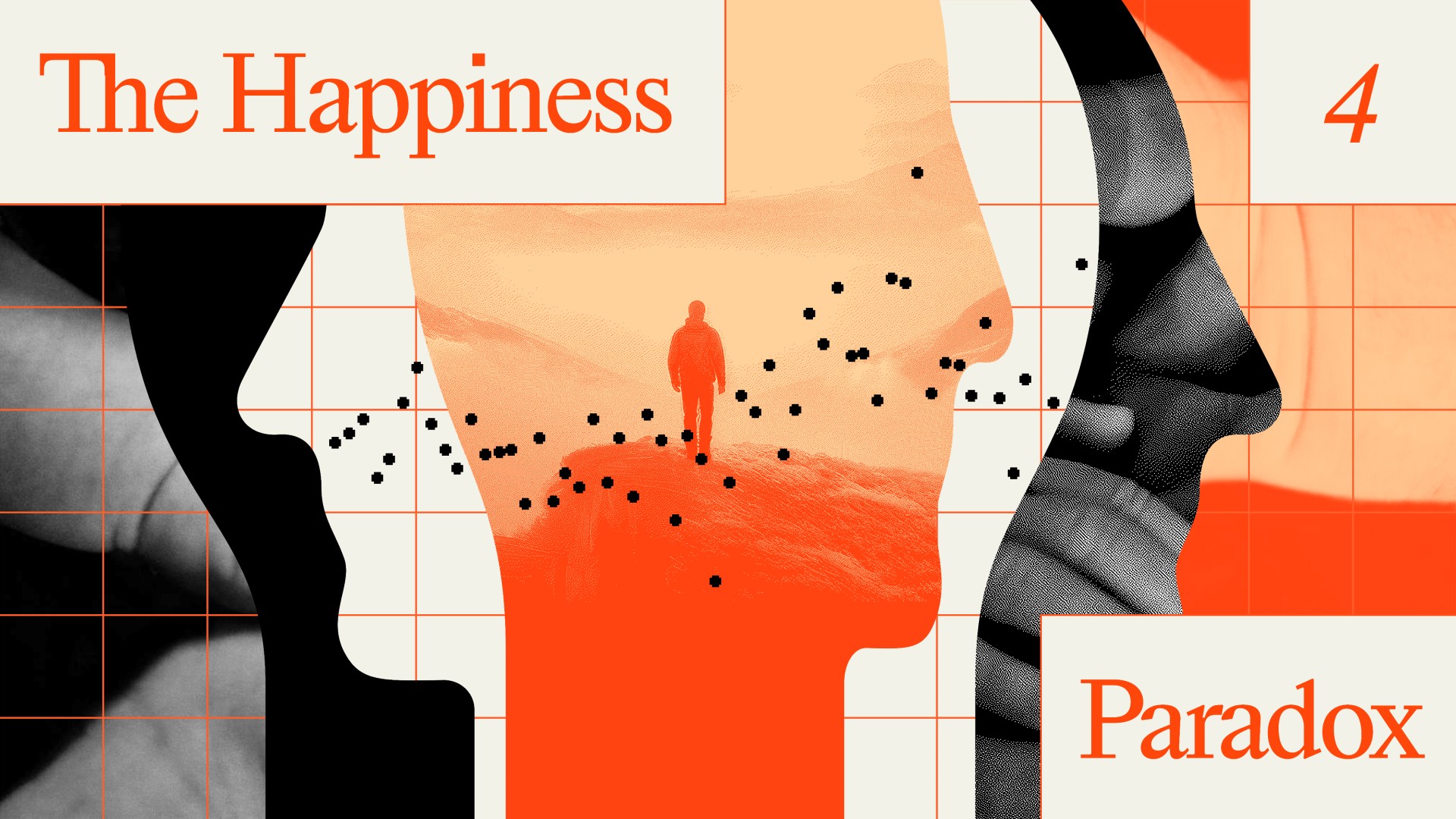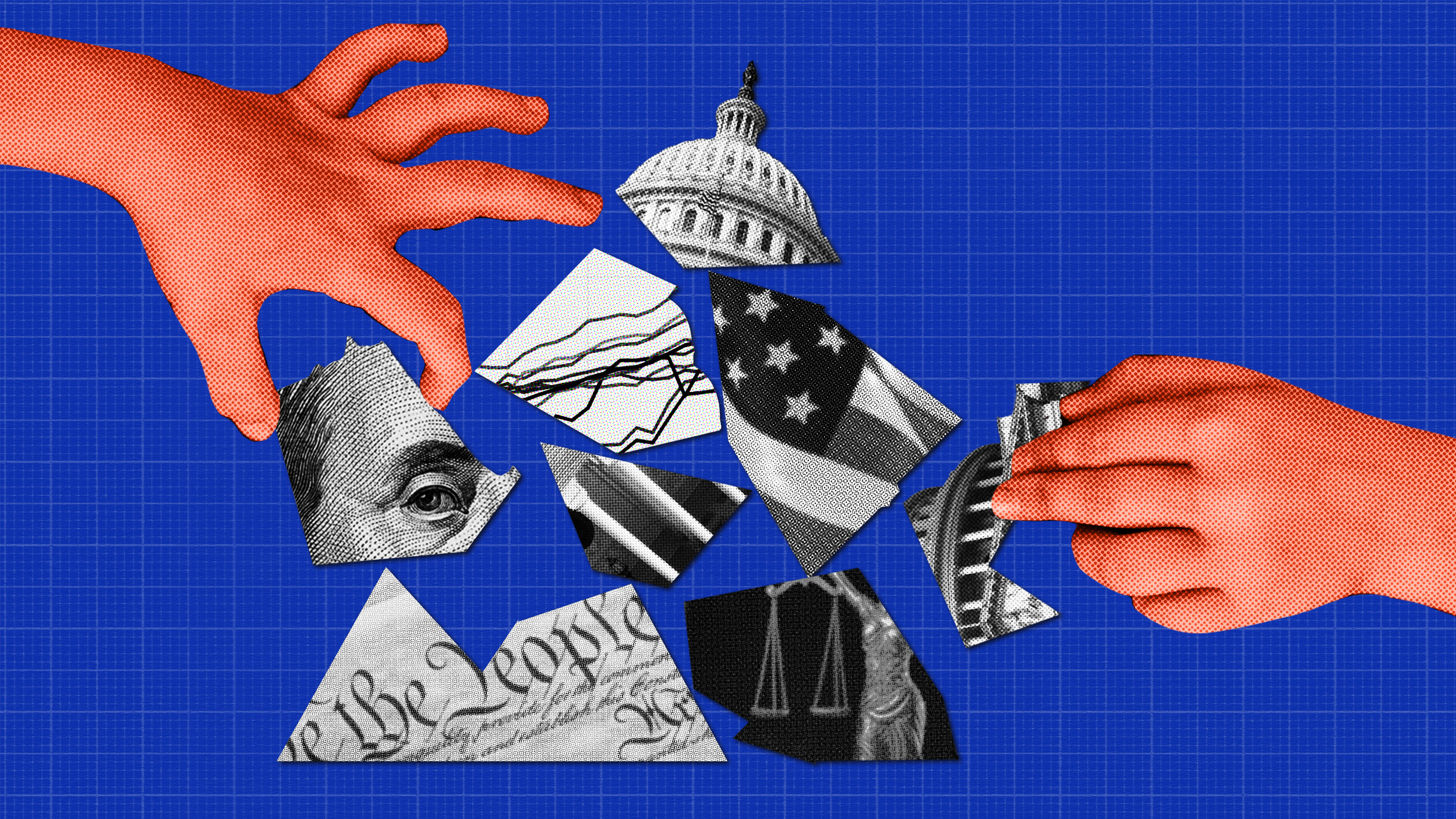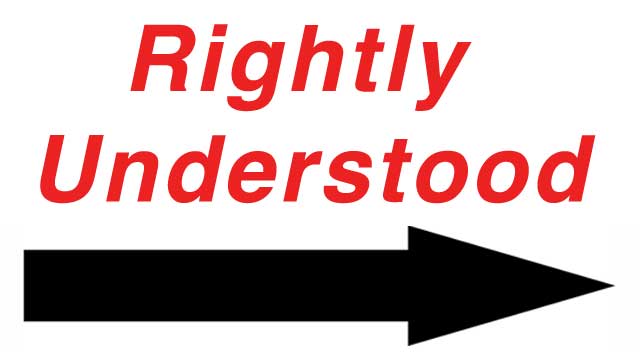Another Gender Gap Closed by a Well-Timed Bit of Encouragement

Last summer I described how psychologists at Rutgers closed the usual gap between higher boys’ and lower girls’ scores on high-school chemistry tests. When the students used a textbook whose pictures depicted only women scientists, the girls outscored boys. A few days ago, this paper in Science reported a similar effect for college-level physics.
The authors, Akira Miyake and his colleagues at the University of Colorado, worked with 282 men and 116 women taking an intro physics class. At the beginning of the course, half were asked to spend 15 minutes writing about their most important value in life and its meaning in their lives. The other group wrote about a value they didn’t find important, and what they thought it meant to other people.
Focussing on their own beliefs, (or, to use the authors’ language, affirming cherished values), had a big effect on the women’s performance in the class. Their scores—both on exams given in the course and on a widely-used test of physics comprehension—were on par with male students’. Women who didn’t affirm their own values, by contrast, scored ten percent lower than men in their group.
It has been known for some time that shifts in self-perception have an impact on supposedly objective tests of cognitive skills. The Science paper is a contribution to arguments about two open questions about the phenomenon: Why? And what should we do about it?
It could be, as Stanford’s Claude Steele argues, that knowing you’re being judged according to a negative stereotype is inherently distracting and stressful. Or perhaps being reminded of a stereotype inclines people to conform to it. (These possibilities aren’t mutually exclusive.)
Whatever the causal mechanism, it does seem clear that simple “interventions” can counteract these inhibiting effects (and put a dent in the notion that we know enough to talk about inherent aptitude differences among genders and races). For instance, in 2006, Geoffrey Cohen, one of the authors of the new Science paper, showed that a similar “values affirmation” exercise cut the black-white achievement gap in middle-school students.
That’s great news, but we shouldn’t be misled by the notion of “intervention.” It implies, first of all, that stereotypes only have negative effects. Second, it suggests that schools and workplaces understand what they’re doing when they test people—that they just have this simple stereotype problem, which they can fix with a quick and simple method.
But stereotypes aren’t a problem to be cured. They’re part of the way we think about the world. And they also have positive effects. In 1999, for example, Margaret Shih, Todd Pittinsky and Nalini Ambady gave a math test to Asian-American women who were students at Harvard. Fourteen of them had first answered questions about co-ed dorms, to put them in mind of their gender identity. Another 16 had been asked questions about the languages spoken by their parents and grandparents, to remind them of their Asian-American ethnicity. And another 16, the control group, answered questions about phone service.
Result: Women reminded of their femaleness (stereotype: “not so good at math”) averaged 43 percent correct on the 12-question math test. The control group, women not primed to think about any obvious stereotype, averaged 49 percent. But the women reminded of their Asian-Americanness (stereotype: “Good at math”) averaged 54 percent. Similarly, Matthew McGlone and Joshua Aronson found that women students who’d been primed to think about their identity as elite-university students did better on a geometry test than women primed to think about gender.
So maybe successful interventions aren’t quashing the effects of stereotypes. Maybe they’re just getting people to see themselves with a positive stereotype instead of a negative one.
Which raises a deeper question about how people rate and understand one another: If I can make your math score go up by reminding you you’re Asian, and make it go down by reminding you that you’re female, then what’s your “real” score? It’s clear now that supposedly objective measures of ability can be altered by circumstances—the pictures in your textbook, the subject of your last conversation, or (as other studies have found) the ratio of men to women in the room.
For any final exam, aptitude test, job evaluation or the like, then, some proportion of the score is a measure of the individual who took the test, and some is a measure of the social effects at play in the exam room. Until we know how it all works, we don’t know what those proportions are. Correcting for that isn’t going to be so easy.
Miyake, A., Kost-Smith, L., Finkelstein, N., Pollock, S., Cohen, G., & Ito, T. (2010). Reducing the Gender Achievement Gap in College Science: A Classroom Study of Values Affirmation Science, 330 (6008), 1234-1237 DOI: 10.1126/science.1195996
Cohen, G. (2006). Reducing the Racial Achievement Gap: A Social-Psychological Intervention Science, 313 (5791), 1307-1310 DOI: 10.1126/science.1128317
McGlone, M., & Aronson, J. (2006). Stereotype threat, identity salience, and spatial reasoning Journal of Applied Developmental Psychology, 27 (5), 486-493 DOI: 10.1016/j.appdev.2006.06.003
Shih, M., Pittinsky, T., & Ambady, N. (1999). Stereotype Susceptibility: Identity Salience and Shifts in Quantitative Performance Psychological Science, 10 (1), 80-83 DOI: 10.1111/1467-9280.00111





